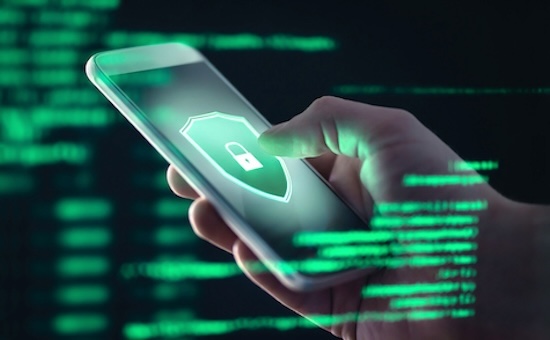Defining Features of Remote Access Scams

.
Here are three key features of remote access scams to watch out for:
They're designed to overtake your devices
A remote access scam is designed to persuade you to give someone you can’t see and haven’t met access to your device. The device is often your computer, but can also be your mobile phone or tablet.
They often start with a helpful offer
These scams generally start with an offer to fix or protect your device from a security threat. A scammer may contact you and pretend to be from a reputable software, phone or internet company, or you may receive a pop-up message on your device, encouraging you to act quickly.
They want access to your banking
Often, the goal of a remote access scam is to access your banking – for example, you might be pressured to share your login or payment information on a call, or asked to log into your banking after downloading software.
Unsolicited contact, of any form, is indicative of a scammer. The best way to protect your identity, device and data is to independently verify the call or notification you have received. Contact your financial institution or service provider using contact details you can trust.
